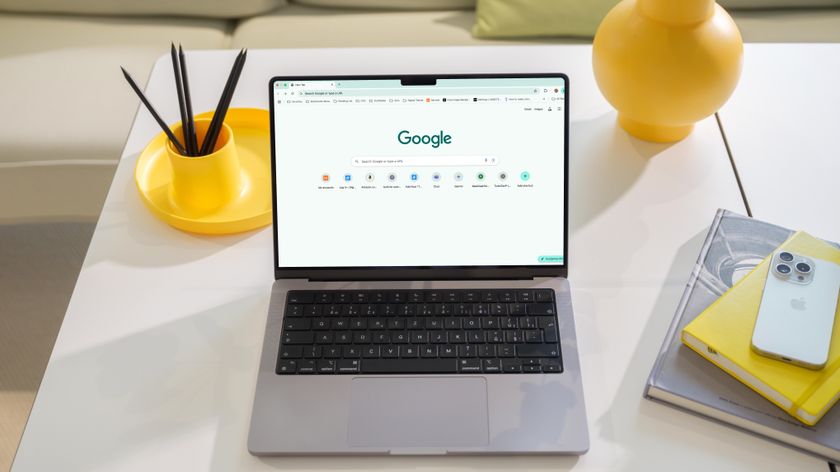Why you can trust TechRadar
The Oppo F1's software won't sit well with everyone, and it doesn't feel quite as speedy as using the Google Now Launcher, but that's mostly because it uses some longer screen transition animations. This phone is pretty fast.
It has more power than it strictly needs, if anything. The Oppo F1 has a Snapdragon 616 CPU, a tweaked version of the Snapdragon 615 processor seen in several phones costing up to around £300/$400 over the last 18 months.
This is an eight-core processor designed to keep 1080p phones nippy, not 720p ones like this. All eight cores are Cortex-A53s, but with a team of four clocked at 1.7GHz and the others at 1.2GHz.

It's a bit like having two of the CPUs used in the Moto G strapped together, and that's evident in the Geekbench 3 benchmark results. The Oppo F1 scores 3030, which is terrific for a phone of this price.
The importance of those numbers can be overstated, though. The Snapdragon 616 still has a fairly humble Adreno 405 GPU, meaning graphics performance is actually not on the same level as some older phones that might score similarly in Geekbench.
Before you get too confused: you don't need to worry about this much. While having this chipset means some games won't let you turn on certain special graphics extras, gaming performance in general is spot on. The Oppo F1 is a surprisingly great budget games phone, matching good specs with that loud speaker.

A few other elements of the Oppo F1 are also above those of standard budget champ the Moto G. It has 3GB of RAM where we'd only expect 2GB at this price, and even the internal storage is faster than most other phones – it writes at 33MB/s and reads at 60MB/s. That's not going to worry the Samsung Galaxy S7, of course, but it's not bad for a pretty affordable mobile.
As I noted earlier, the feel of the phone is improved by using the Google Now Launcher UI. ColorOS isn't slow, but it's not as snappy as the latest version of vanilla Android either.
Battery life
You might expect a dead skinny phone like the Oppo F1 to have a small battery, but the device has a perfectly decent one for the display size and resolution. It's a 2500mAh unit, very similar to the 2470mAh pack in the Motorola Moto G.
In general use I found the Oppo F1 to be lagging just a little behind its Motorola rival in terms of stamina, though not by a huge amount. It tends to last comfortably until bed time, with up to 30% charge left, but it's still a phone you'll need to charge every day. It's no two-day warrior – very few phones are.
In our usual battery test, which involves playing a Full HD film at full brightness for 90 minutes, the Oppo F1 lost 15% of its charge. That's actually better than the 19% drop shown by the Moto G, and a very good result for any phone.
Judging by my time with the handset, the slightly lesser day-to-day stamina could be down to the auto brightness setting often cranking up the backlight more than is needed. Or maybe I just have slightly rose-tinted memories of the Moto G.
Andrew is a freelance journalist and has been writing and editing for some of the UK's top tech and lifestyle publications including TrustedReviews, Stuff, T3, TechRadar, Lifehacker and others.














